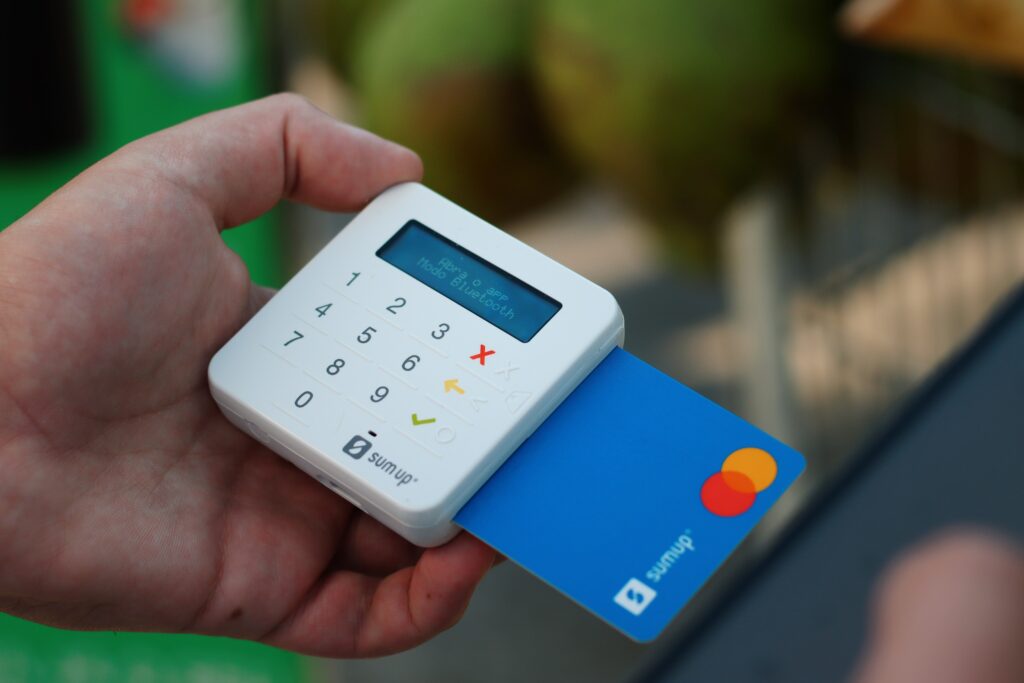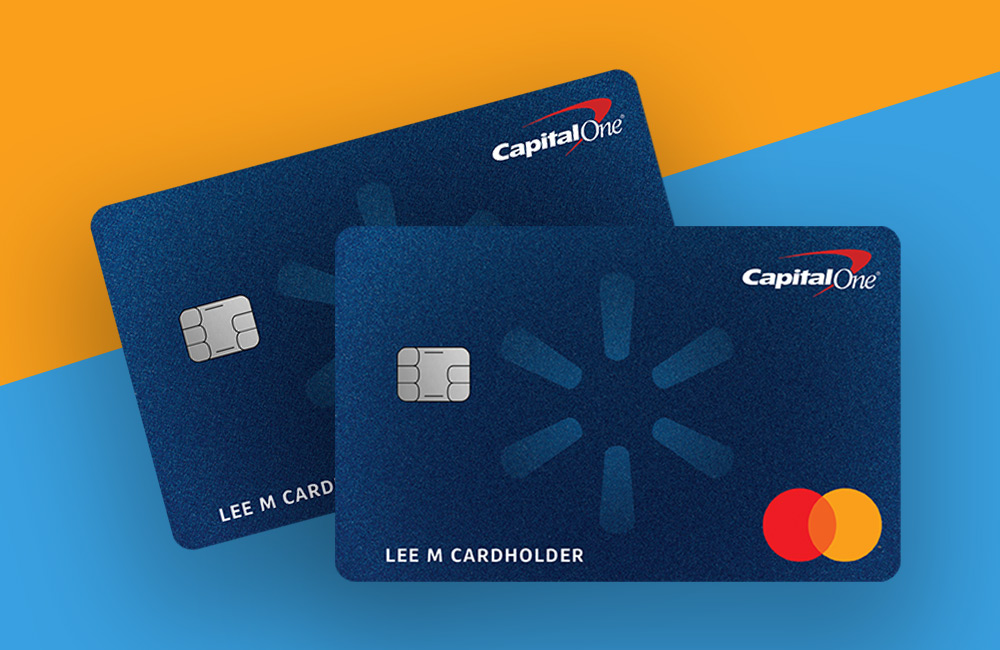What Are Rewards Credit Cards

Introduction to Rewards Credit Cards
In today’s financial landscape, rewards credit cards have become a staple in many wallets and purses around the world. But what exactly are they? At their core, rewards credit cards are financial tools that offer users various incentives—typically in the form of points, miles, or cashback (cash rewards) — for making purchases with the card.
The genesis of rewards credit cards can be traced back to the 1980s. Initially, the benefits of rewards cards were relatively modest. It might have been a simple cashback on every purchase or perhaps a travel-related perk for those who frequently flew. Over time, however, the offerings have become much more diverse and generous, thanks to increased competition among credit card issuers and the realization that consumers value and often remain loyal to cards that offer tangible returns on their spending.
The widespread popularity of these cards is undeniably linked to these credit card incentives. They have morphed from being mere payment instruments to tools that can aid in financial planning, offer luxury experiences, and even support aspirations, be it travel dreams or shopping sprees.
Types of Rewards Programs

The allure of rewards credit cards lies in their ability to offer tangible returns on your spending. But not all rewards are created equal. Different cards cater to different spending habits and lifestyles. Let’s delve into the various types of rewards programs available in today’s market:
Cashback Rewards: Among the most straightforward rewards systems, cashback cards provide a percentage of your purchases back in the form of cash. For instance, a card might offer 1.5% cashback on all purchases. Spend $100, and you’ll get $1.50 back. These cards are perfect for those who appreciate a clear, tangible return on their spending without any complexities.
Travel and Miles Rewards: For those who like to explore, travel credit cards are great! They allow cardholders to earn miles for every dollar spent. Once accumulated, these miles can be redeemed for airline tickets, hotel stays, or even upgrades. Some cards are even more specific, falling under the category of airline credit cards, dedicated to a particular carrier and offering perks like free checked bags or priority boarding.
Points Systems and How They Work: Point-based cards operate on a system where every purchase earns you points. Once you’ve collected a certain number, they can be exchanged for various rewards. This could range from gift cards to products to experiences. The value of a point can vary based on the card and the redemption option, so it’s essential to understand the conversion rate and the best ways to redeem.
Store-specific and Co-branded Cards: If you shop at popular retail outlets, you might be familiar with store credit cards. These are cards tied to specific retailers or brands. Every time you shop at the associated store or brand, you earn extra points or cashback. Some of these cards also collaborate with major credit card companies, making them co-branded. This allows users to earn rewards not only at the specific store but also on general purchases.
Earning and Redeeming Rewards
Earning rewards might seem difficult to get, but with the right credit card, it’s a very attainable reality. Here’s how you can get the most out of your card’s rewards program:
How to Earn Rewards: At its core, earning credit card rewards is straightforward: you spend money, and you earn rewards based on that spending. However, the rate and type of rewards can vary. Some cards offer higher points or cashback percentages for specific categories like dining or travel. Additionally, many cards provide credit card bonuses for spending a certain amount within the first few months, turbocharging your rewards earnings from the get-go.
Common Restrictions and Caps: Not all spending is treated equally. Some cards might cap the rewards you can earn in specific categories. For instance, you might earn 3% back on groceries only up to $2,500 per quarter; beyond that, you might earn at a lower rate. Familiarize yourself with these caps and restrictions to avoid any unpleasant surprises and truly maximize your rewards.
Redeeming Rewards: Once you’ve earned those coveted points or cashback, it’s time for the fun part – redemption. Depending on your card, you might have several options. Some common ones include using them as statement credits, getting gift cards, or making travel bookings. Some cards might even offer unique experiences or merchandise in exchange for points. Always ensure you understand the value of your points for each redemption type, as it can vary.
Potential Value and Devaluation of Rewards: While rewards can be enticing, it’s essential to recognize that their value isn’t always static. Some rewards might devalue over time, especially airline miles or hotel points, due to changes in loyalty programs. It’s crucial to stay updated and, if possible, redeem your points before any potential devaluation.
In the World of Rewards Credit Cards
Rewards credit cards have truly revolutionized the way we think about spending. Rather than merely being tools of expenditure, they’ve morphed into avenues of opportunity, offering tantalizing incentives for the money we’d spend anyway. From cash back on everyday purchases to earning miles for that dream vacation or accumulating points for exclusive experiences, there’s a card out there tailored for everyone’s preferences.
However, as with any financial instrument, a little vigilance goes a long way. Staying informed about reward structures, redemption options, and any potential changes ensures that cardholders extract the maximum value from their cards. With the insights from this guide, armed with an understanding of how these cards operate, anyone can take a proactive approach to their finances, leveraging the benefits of rewards cards to their full extent.




